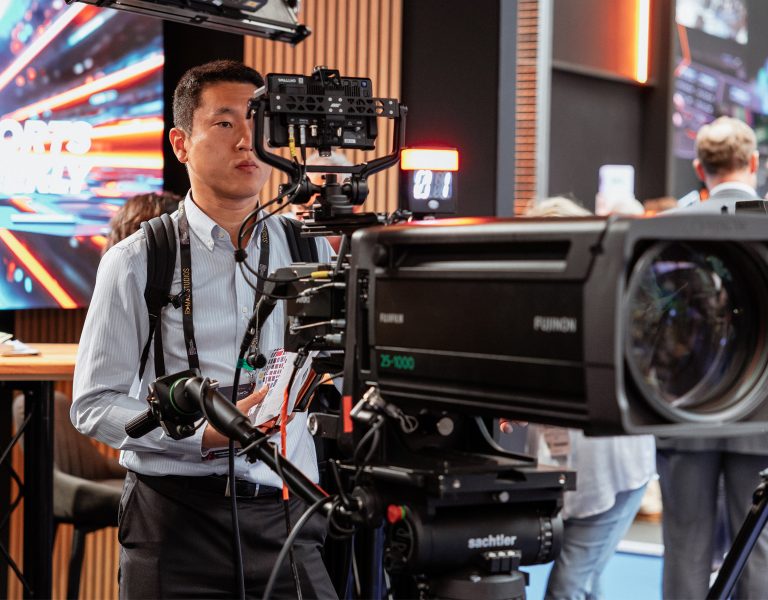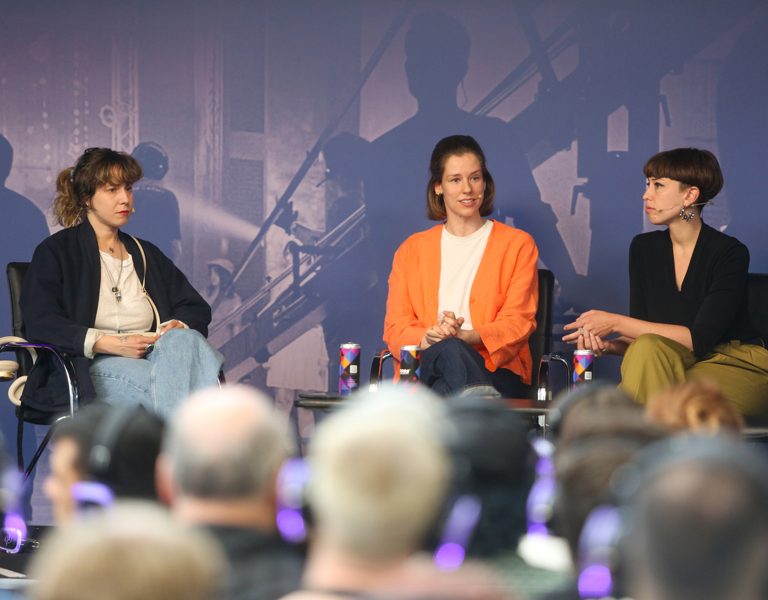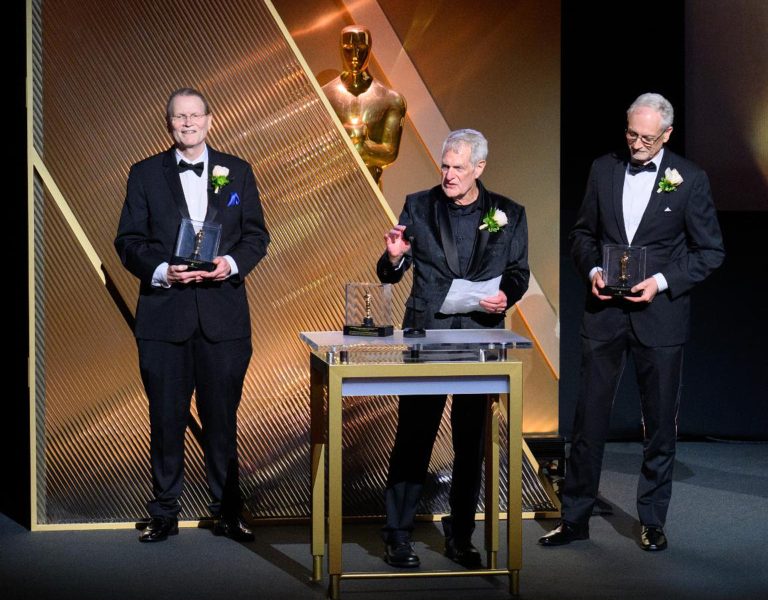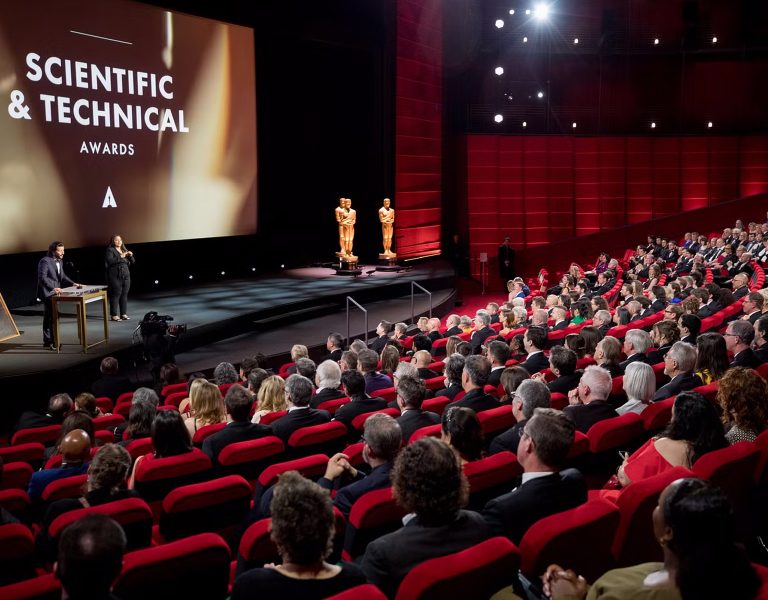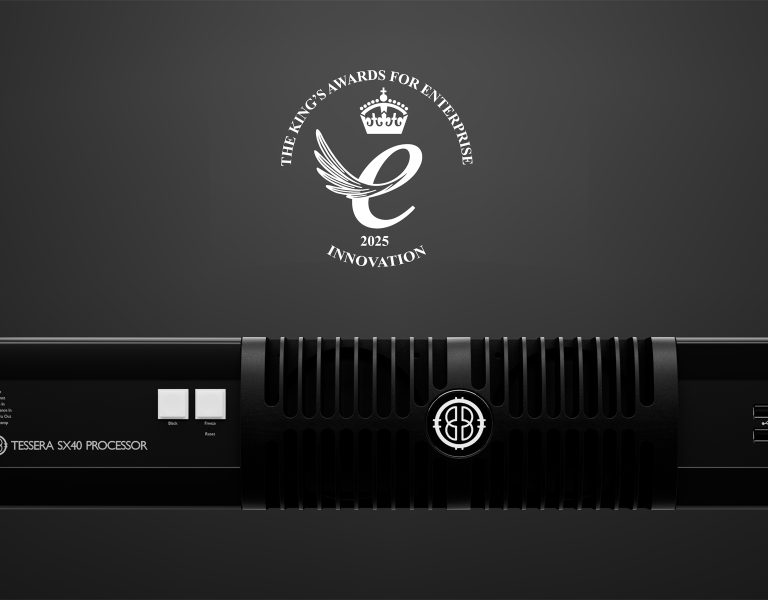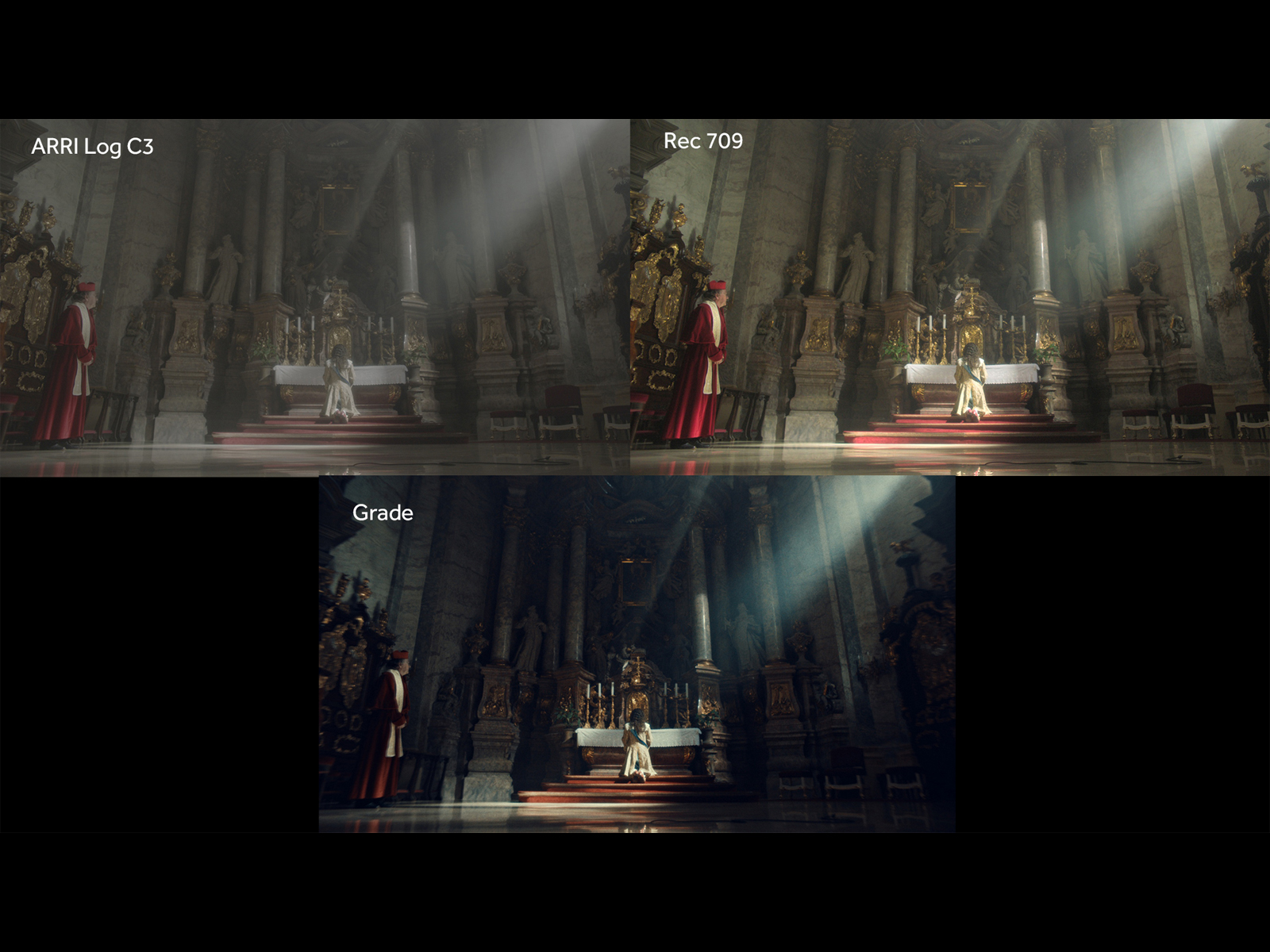
Royal Kill List is a landmark Sky History Original series which tells an epic story of bloody revenge during a pivotal period of English history.
The three-part drama-documentary follows King Charles II’s hunt for his father’s killers – the Regicides – as a window into a remarkable and often overlooked historical period to explore how we became the nation we are today. In this article, the team from post house Splice explores the challenges and creative decisions by director Alice Smith, DP Duane McClunie and Splice’s Head of Colour Adam Dolniak.
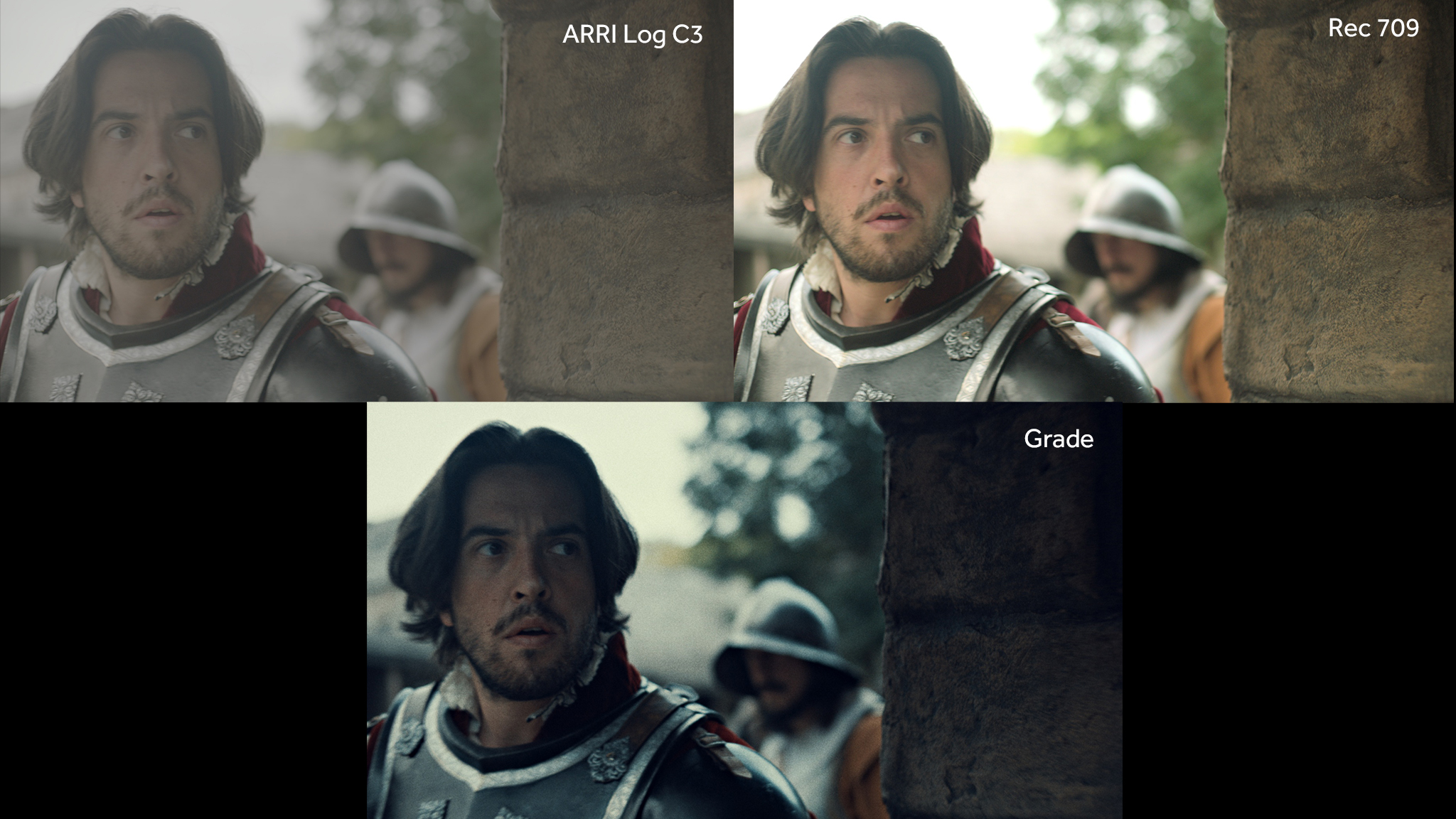
Challenges of the Production
With only nine shoot days allocated for three episodes, time constraints proved to be one of the biggest challenges encountered during the production of this series.
Director Alice Smith and DP Duane McClunie have previously worked on several drama doc series, and were instrumental in navigating the fast-paced environment. It was their shared experience, which allowed the team to operate seamlessly, employing handheld shooting techniques to maintain agility and flexibility while capturing scenes efficiently.
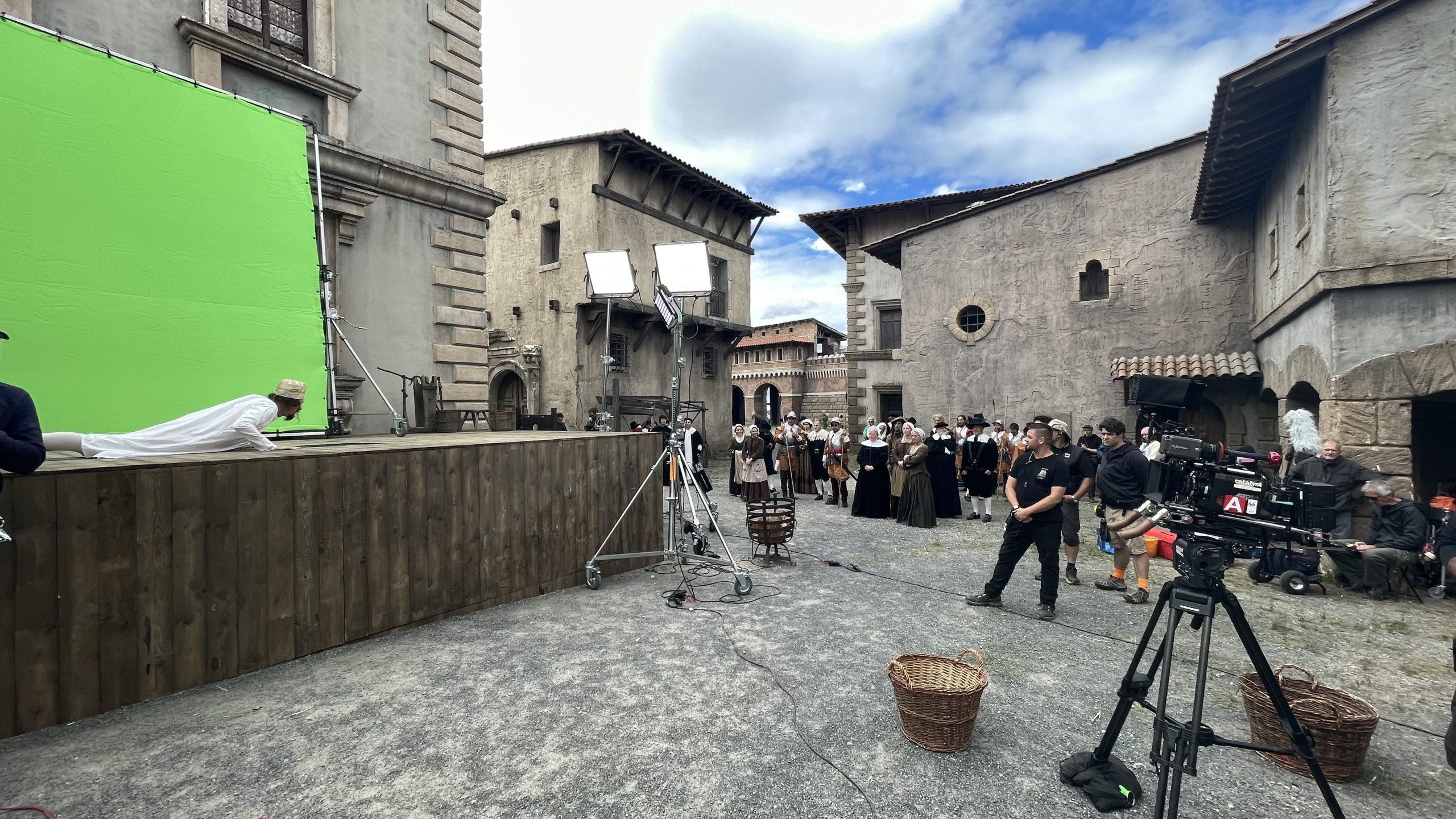
Locations
The production used locations in Budapest to film the drama reconstruction part of the series. One of the primary reasons behind choosing to film in Hungary was the abundance of incredible locations. The natural locations in Hungary offered a cinematic backdrop that seamlessly complemented the period setting of the documentary. Transforming these backlots into 17th Century London and Europe were possible with minimal set dressing.
Among that, the most notable filming locations included a breathtaking Baroque church, a 15th-century library situated in a monastery, and the Hungarian National Archives, which ingeniously doubled as Whitehall and Parliament. These practical locations added an authenticity to the production, infusing the TV documentary with a palpable sense of history.
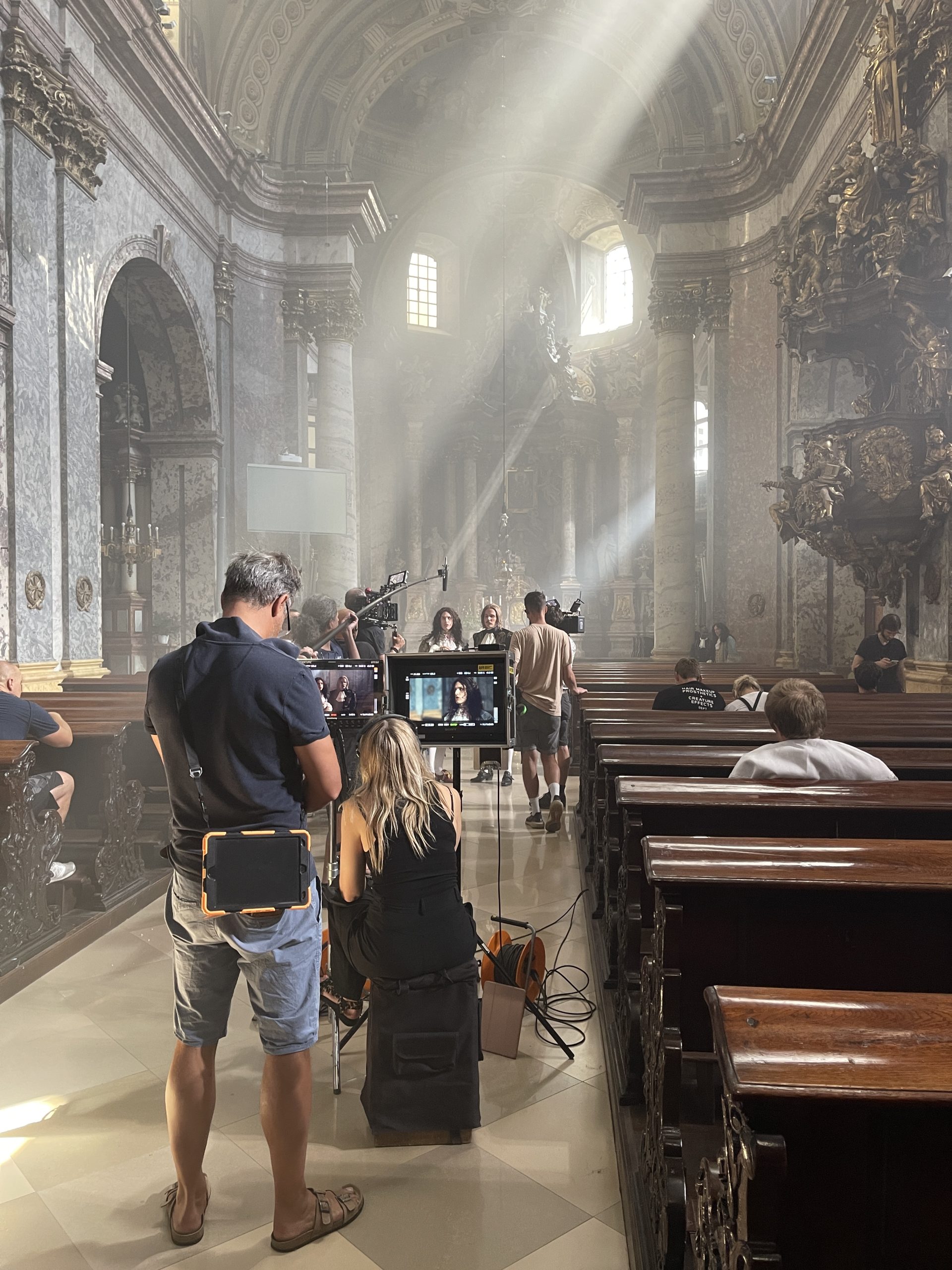
Shooting abroad introduced an additional layer of complexity. Working with a new crew meant establishing a swift and effective rapport with all departments, relying on their expertise to match the pace of the production. However, beyond the picturesque settings, Hungary’s status as the second-largest production hub in Europe brought forth an extensive talent pool. Collaborating with local crews who had previously worked on major TV series and feature films was a must.
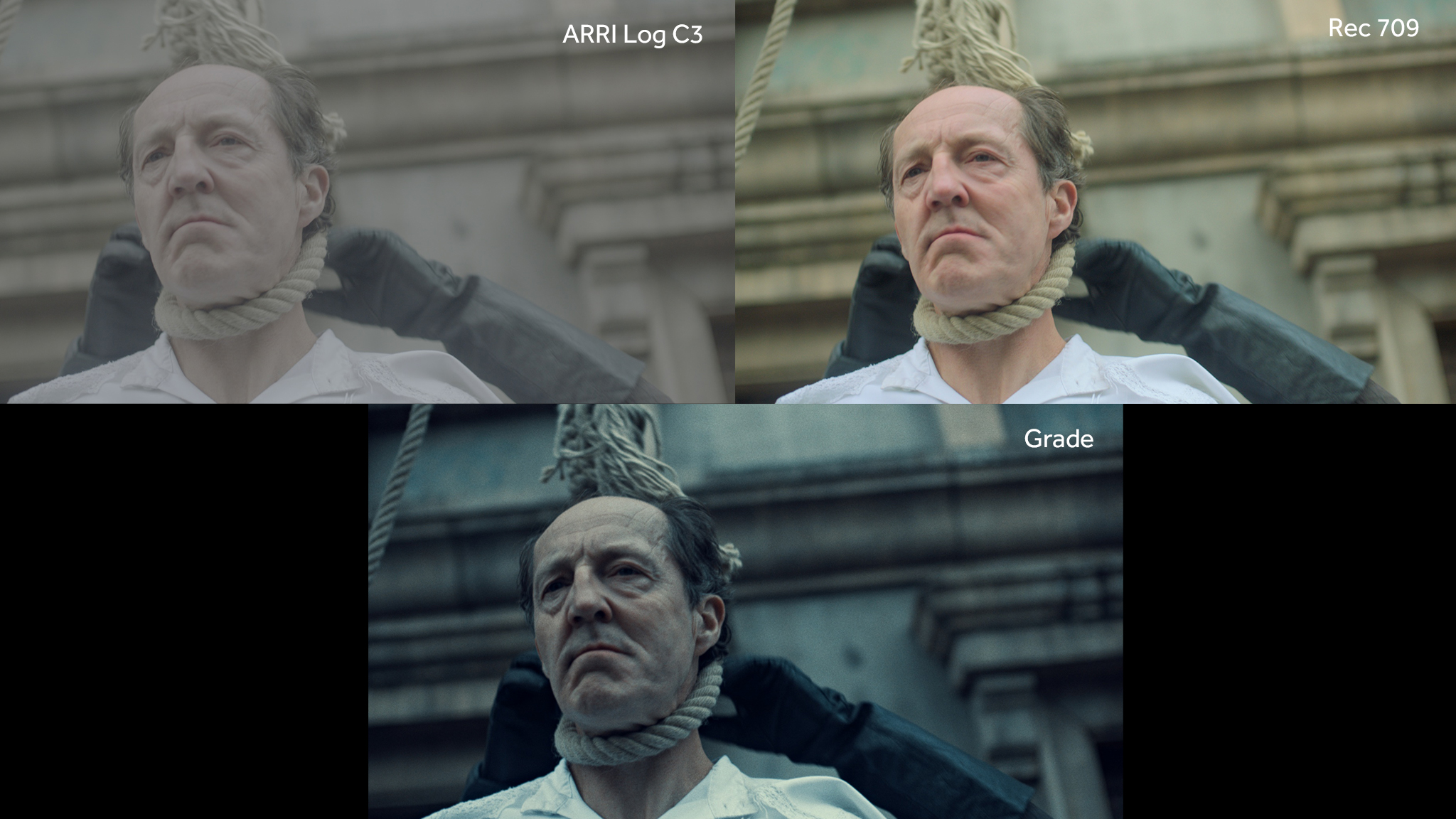
Planning vs Adapting
After the tech recce, Alice and Duane would meticulously go through each episode, scene by scene, discussing the coverage and lighting requirements. Depending on the complexity and size of a scene, Duane would make detailed notes on how to approach the lighting. These notes often took into account the intended tone of the look they were aiming for in the scene.
While prepping was an integral part of the process, the fast-paced nature of the TV production often requires adaptability. Some of the most effective decisions were made on the fly. ‘’I am very used to these sorts of schedules and creating a lighting plan while on set. I do some of my best work whilst thinking on my feet using a mix of what the scene requires, the inspiration from the location, recalling past scenes I have done and what I feel like doing on the day,’’ says Duane.
In terms of aesthetic choices, the goal was to create a world that felt authentic and real. To achieve this, Alice and Duane embraced a handheld shooting style, adding a documentary aesthetic that heightened the immediacy and intimacy of the storytelling. The use of largely natural lighting contributed to the overall realism, avoiding the overly polished look that can sometimes accompany period dramas.
The decision to shoot handheld offered flexibility and also allowed the ability to react promptly to any unexpected actions from the actors.
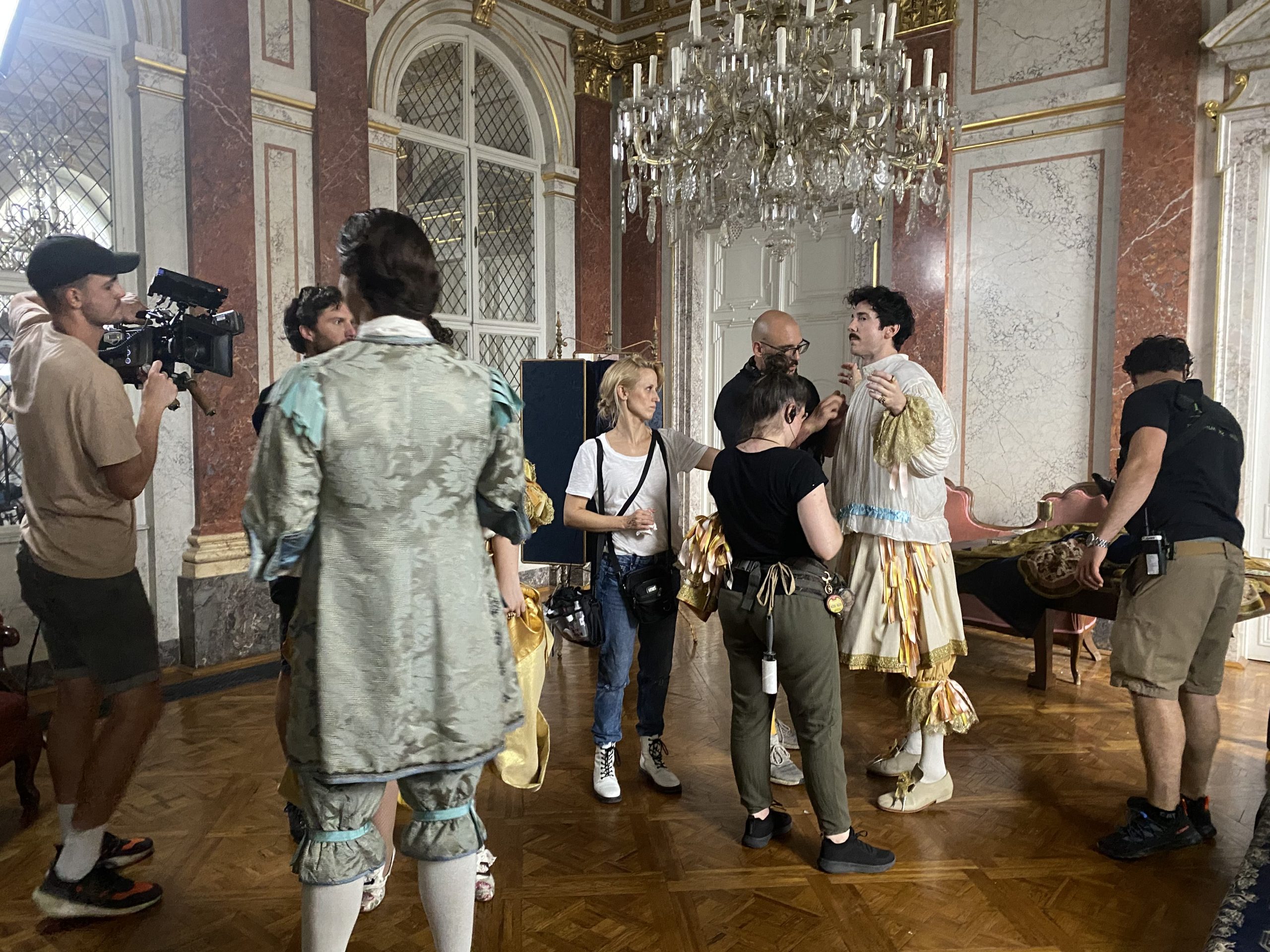
Technical Aspect of Production
DP Duane McClunie chose to shoot the series on Alexa Mini, due to a combination of exceptional image quality, compatibility with vintage glass and user-friendly integration of LUTs. In addition to that, the small form factor allowed for the DP to hold the camera in position for longer, which would be tricky with a more hefty rig camera. Duane also opted for Vintage Zeiss Super Speeds, which are known for their slightly softer image quality. This softness contributes to a more organic and timeless look, which can be particularly well-suited for historical settings. Additionally, vintage lenses often produce flares in an aesthetically pleasing manner, adding a layer of visual interest to the shots.
Establishing the mood and tone of each scene was paramount, and the cinematographer worked closely with Alice to understand her vision. They shared a preference for a dark edge in the images, embraced by both the director and cinematographer, which contributed to the overall atmosphere of the documentary. This consistent visual motif served as a thread connecting the scenes.
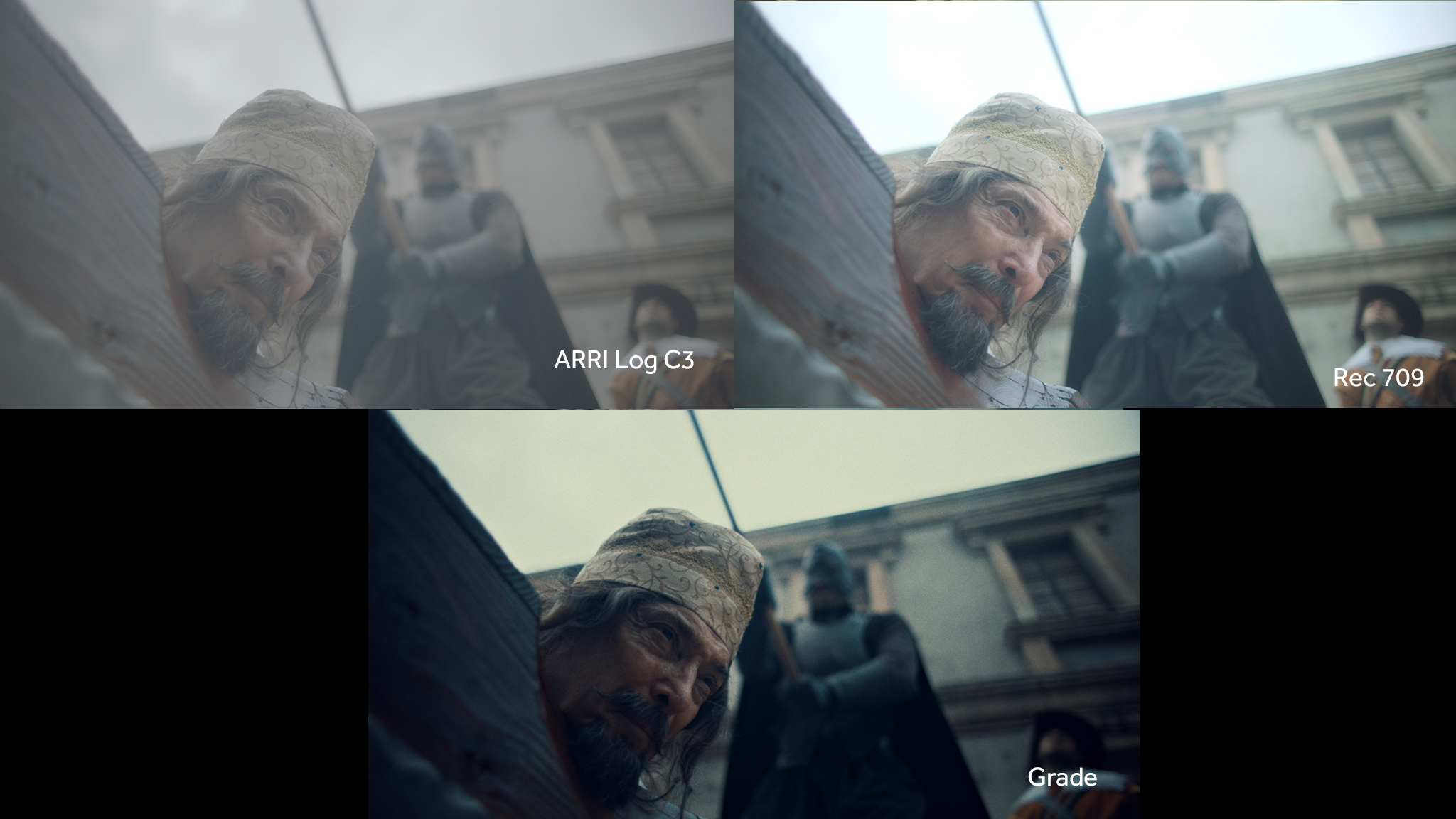
In the Grade
Splice’s Head of Colour Adam Dolniak explains the creative process of the grade: ‘’I’ve worked with Duane and Alice before so we are used to a workflow of using different LUTs on location for various scenes and locations. Each LUT is chosen for the lighting conditions and narrative.
“The LUT data is burnt into the proxy metadata, so I get that info supplied on the guide pictures in Baselight. Selecting the correct LUT produces the starting point for the grade. This approach allows us more time for refining the grade, rather than making ‘look’ decisions.
“Some scenes needed a little relighting work where they didn’t have time to sculpt the light on location. Grain, blurring, sharpening and diffusion were all used throughout the series to add either grittiness to certain harrowing scenes or a little romance to others.
“We remained consistent in the LUTs used on location but pushed the looks further in some scenes to capture the right mood. We combined this with some specific curve grades to create deep, rich shadows.’’





